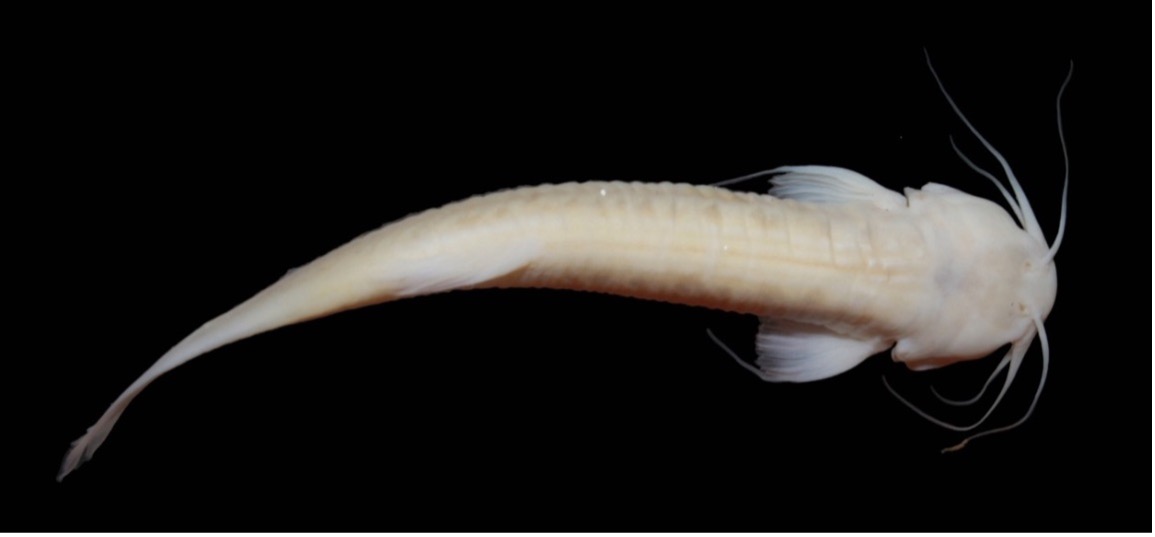The Cordillera Azul National Park project in Peru is known for its rich biodiversity and stunning landscape. Situated in the high forest between the Andes and Amazon Basin, the park is home to dynamic ecosystems filled with species of high conservation value. Any trip to the park and you’ll find yourself in the middle of the Amazon crawling with life. This unique habitat means researchers are often discovering new, never before recorded species. It’s a place teeming with creatures of all kinds.
More recently, an expedition discovered a new species of catfish – the Blind Catfish. The year prior, CIMA, the project’s implementing partner on the ground, had been alerted by a local farmer of a fish inhabiting a cave in the buffer zone of the park, called Tocache. When a group of researchers from CIMA and the Museum of Natural History prepared an exhibition to find the catfish, this farmer reported that all the cave’s water had dried up, due to a lack of water flow as a consequence of forest loss. However, searching further into the cave, the team spotted the fish in an extremely lucky find. Over the next year, scientists studied the catfish to confirm the discovery of a truly new species to science.
This Tocache Blind Catfish is characterised by the absence of eyes in adults, elongated barbs around the mouth, a lack of scales and very mild pigmentation, indicating an adaptation to conditions without light. Contrary to what you might think, these Blind Catfish are small, the largest studied reaching about 8 centimetres. Being a cave-dwelling species, this catfish has found a home in this unique part of Peru, where rock formations and waterfalls dot the landscape.
The Tocache Blind Catfish faces numerous threats to its survival, which might be why it was so difficult to discover in the first place. Rapid deforestation due to the expansion of local agriculture and poor soil management is one of the greatest threats to its habitat. Water contamination, both from the use of fertilisers and pesticides as well as livestock, also poses a key danger for the fish.
The Cordillera Azul National Park project is a critical player in ensuring the Blind Catfish continues to find a home here in the cool, dark caves of the Andes rainforest. Climate finance is directly used to fund project activities that conserve habitat for species like this one, as well as uplift communities, directing local enterprise away from work that harms the environment and towards regenerative, resilient and sustainable development. A new discovery to science is an incredible achievement, and we’re proud to be reporting this one from the protected forests of Cordillera Azul.
To find out more about the Cordillera Azul National Park project, and how you can support the important work on the ground, contact us today and see here for more information.
Image: Copyright CIMA
